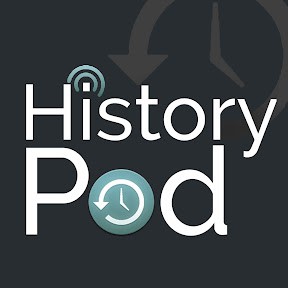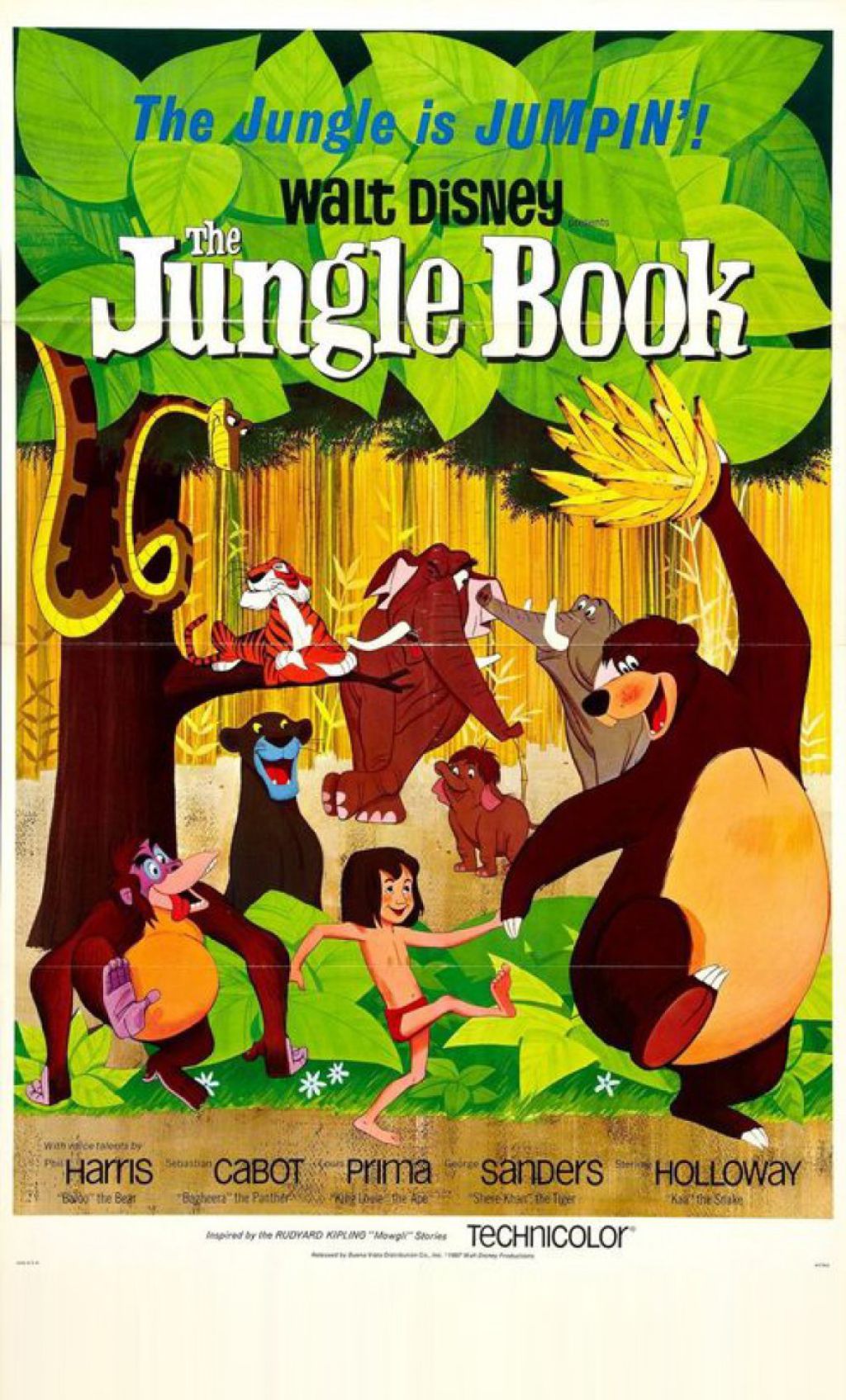Execution of Revolutionary Icon Ernesto ‘Che’ Guevara (1967)
Guevara was born in Argentina and, during a motorcycle journey around South America while he was studying medicine at the University of Buenos Aires, began to become associated with left-wing organisations.
Guevara joined the 26th of July Movement after meeting Fidel and Raul Castro during their exile in Mexico and rose to prominence in the Cuban Revolution that deposed Batista.
He took on various governmental positions in the years that followed, and continued to refine his socialist views.
Having left his Cuban government post in April 1965, which some believe was the result of a disagreement with Castro over economic and foreign policy, Guevara eventually made his way to Bolivia where he gathered a group of guerrilla fighters to incite revolution and establish a socialist state. Despite securing some initial victories, Guevara was captured during a huge operation on 8 October.
This was carried out by Bolivian Special Forces acting on the advice of Félix Rodríguez, a Cuban exile-turned-CIA operative. 1,800 Special Forces troops surrounded his camp in the Yuro ravine, and Guevara surrendered after being wounded in a firefight.
He was transported to a nearby schoolhouse where Bolivian officers tried but failed to interrogate him.
The next morning the Bolivian President ordered his execution.
Guevara was shot nine times in a way designed to make the injuries look like they had been caused during a battle with the Bolivian army.














































